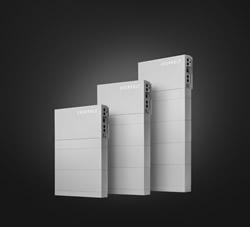Solar photovoltaic output depends on orientation, tilt, and tracking
Optimizing a Solar Array's Tilt and Module Spacing
Q3 2014 Deal Volume Comparison
Solar cloth could stretch PV's applications
Wind energy provides more than 2/3 of new US capacity in October
SunEdison, TerraForm to buy First Wind for $2.4B
The True Value of Solar
The new EU climate and energy proposal:
What are the consequences?
The Pakistan Solar Association
Utility of the Future
U.S.-China smackdown: America No. 1 in wind power
Why Google, Microsoft and Yahoo are buying up wind energy
Brazil gives go-ahead to 31 solar parks in push for new energy
Power storage group Alevo plan 1bn US battery plant
The State of the Solar Industry in North America
Records 1681 to 1695 of 3868
First | Previous | Next | Last
Solar Power - Featured Product

